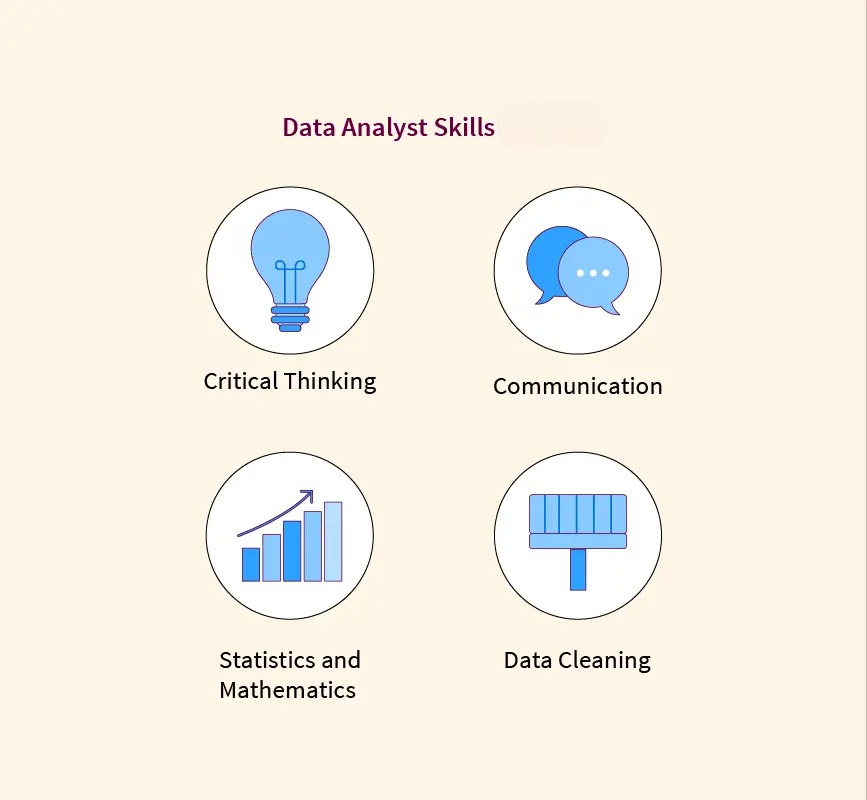Machine Learning (ML) is revolutionizing industries by automating processes and enhancing decision-making. It enables systems to learn from data, improving their accuracy and efficiency over time. However, like any technology, ML has its advantages and disadvantages, which need careful evaluation for effective adoption. Understanding these pros and cons is crucial for businesses and individuals aiming to leverage ML’s transformative potential.
What is Machine Learning?
Machine Learning (ML) is a subset of Artificial Intelligence (AI) that focuses on enabling systems to learn and improve from experience without explicit programming. It involves training algorithms on data to identify patterns, make predictions, and automate decision-making.
How ML Works?
The process of ML begins with collecting and preprocessing data. Algorithms such as decision trees, support vector machines, or neural networks analyze this data, adjusting their parameters during training to improve accuracy. Once trained, these models can make predictions or perform tasks on new, unseen data.
Examples of ML Applications
- Recommendation Systems: Platforms like Netflix and Amazon suggest personalized content based on user behavior.
- Autonomous Vehicles: Self-driving cars use ML to process sensor data and make real-time driving decisions.
- Fraud Detection: ML models analyze transaction patterns to identify anomalies and prevent fraudulent activities.
Machine Learning’s adaptability and versatility make it a cornerstone of modern AI applications.
Advantages of Machine Learning
Machine Learning (ML) has revolutionized industries by automating tasks, improving decision-making, and unlocking new opportunities for innovation. Below are the key advantages that highlight the transformative power of ML:
1. Improved Accuracy and Precision
ML leverages data and advanced algorithms to make highly accurate predictions. In healthcare, for example, ML models analyze medical images to detect diseases such as cancer with greater precision than human diagnosticians. Similarly, financial institutions use ML for accurate credit scoring and fraud detection, reducing errors in critical processes.
2. Automation of Repetitive Tasks
ML automates time-consuming and repetitive processes, allowing humans to focus on strategic and creative tasks. For instance, in manufacturing, ML-powered robots handle assembly lines with efficiency and consistency, reducing costs and human errors. Similarly, email filters powered by ML automatically sort spam, enhancing productivity for individuals and businesses.
3. Enhanced Decision-Making
ML enables real-time analytics and provides actionable insights by processing vast amounts of data quickly. Businesses use ML to analyze customer trends, optimize inventory, and improve marketing strategies. For example, dynamic pricing models in e-commerce rely on ML to adjust prices based on demand and competitor activity, maximizing profitability.
4. Personalization and Customer Experience
ML facilitates tailored customer experiences by analyzing user behavior and preferences. Streaming platforms like Netflix recommend movies and shows based on viewing history, while e-commerce sites like Amazon suggest products that match user interests. This level of personalization enhances customer satisfaction and boosts brand loyalty.
5. Predictive Analytics
ML excels at forecasting future trends and behaviors by identifying patterns in historical data. Retailers use ML to predict seasonal demand, optimizing supply chains and inventory management. Similarly, in finance, ML models forecast stock market trends, helping investors make informed decisions.
6. Scalability
ML systems handle massive datasets effortlessly, making them ideal for large-scale applications. For instance, cloud-based ML platforms process terabytes of data daily for companies like Google and Facebook. This scalability ensures that ML solutions remain effective as organizations grow and data volumes increase.
7. Improved Security
ML plays a vital role in cybersecurity by detecting and mitigating threats in real-time. Algorithms monitor network traffic for anomalies, identifying potential breaches before they occur. Fraud detection systems in banking also use ML to spot unusual transaction patterns, protecting customers and institutions from financial losses.
8. Cost Reduction
By automating workflows and optimizing resource allocation, ML reduces operational costs significantly. For instance, chatbots powered by ML handle customer queries 24/7, eliminating the need for large customer service teams. In logistics, route optimization models save fuel and time, further cutting expenses.
9. Innovation and Competitive Advantage
ML drives innovation by enabling groundbreaking technologies. Autonomous vehicles, virtual assistants, and smart home devices are all products of ML advancements. Companies that adopt ML gain a competitive edge by delivering cutting-edge solutions and staying ahead in rapidly evolving markets.
10. Enhanced Human Capabilities
ML augments human expertise, allowing professionals to achieve more precise and impactful results. For example, in radiology, ML models assist doctors by highlighting anomalies in scans, enabling faster and more accurate diagnoses. This synergy between humans and machines enhances productivity and outcomes across various fields.
Disadvantages of Machine Learning
Despite its potential, Machine Learning (ML) comes with several challenges that require careful consideration to ensure successful adoption and implementation. Here are the key disadvantages:
1. Data Dependency
ML systems are heavily reliant on the quality, quantity, and relevance of data. If the data is insufficient, outdated, or contains biases, the model’s predictions and decisions may be flawed. Moreover, preparing data—cleaning, preprocessing, and labeling—requires substantial effort, making this step a critical yet time-consuming process.
2. High Computational Costs
ML training and implementation demand advanced hardware, such as GPUs and TPUs, which are costly to acquire and maintain. These systems also consume significant energy, adding to operational expenses. For smaller organizations, these costs can act as a barrier to adopting ML, limiting accessibility and scalability.
3. Complexity and Interpretability
Many ML models, particularly deep learning algorithms, operate as “black boxes,” where their decision-making process is opaque. This lack of transparency makes it difficult to interpret results, troubleshoot errors, or build trust with stakeholders. In critical applications like healthcare, the inability to explain decisions can hinder broader acceptance.
4. Overfitting and Underfitting
Overfitting occurs when an ML model learns the training data too well, capturing noise and irrelevant details, which leads to poor performance on new data. Underfitting, on the other hand, happens when a model fails to capture underlying patterns, resulting in inaccurate predictions. Both issues can significantly impact the reliability of ML systems.
5. Ethical Concerns
Bias in datasets is a pervasive issue that can lead to unethical outcomes, such as discriminatory hiring practices or biased loan approvals. Without addressing these biases, ML systems risk perpetuating societal inequities. Ethical considerations also extend to privacy concerns, where user data may be used without explicit consent.
6. Lack of Generalization
Unlike humans, ML models are task-specific. A model trained to identify specific patterns in financial data cannot easily apply its knowledge to medical datasets without retraining. This lack of transferability limits the scope and flexibility of ML systems, requiring additional resources to adapt to new tasks.
7. Dependency on Expertise
Developing, training, and maintaining ML systems demand skilled professionals with expertise in algorithms, programming, and data science. The shortage of such talent in the market poses a significant challenge for organizations looking to integrate ML into their workflows. Moreover, hiring and retaining these professionals can be expensive.
8. Security Vulnerabilities
ML systems are susceptible to adversarial attacks, where malicious actors manipulate inputs to deceive the model. For instance, slight alterations in an image can mislead a model into misclassifying objects, which could have severe implications in autonomous vehicles or facial recognition systems.
9. Maintenance and Updates
ML models require ongoing monitoring and retraining to remain accurate and relevant. Changes in data patterns or user behaviors may render a model obsolete, necessitating regular updates. These maintenance activities can be resource-intensive, particularly for organizations without dedicated ML teams.
10. Legal and Regulatory Challenges
The use of ML in regulated industries such as finance, healthcare, and law enforcement brings legal and ethical concerns. Organizations must comply with stringent regulations governing data usage, decision-making processes, and accountability. Non-compliance can result in hefty fines and reputational damage, making regulatory adherence a crucial consideration.
Conclusion
Machine Learning (ML) is a powerful technology that has transformed industries through automation, predictive analytics, and innovative solutions. While ML offers numerous advantages, such as improved accuracy, scalability, and cost reduction, it also comes with challenges like data dependency, ethical concerns, and high computational costs.
To fully harness ML’s potential, organizations must adopt thoughtful and ethical implementation practices, ensuring fairness and transparency in decision-making. Looking ahead, advancements in AI and ML promise to address current limitations, paving the way for more robust and accessible applications that can drive future innovation and societal benefits.
References:


